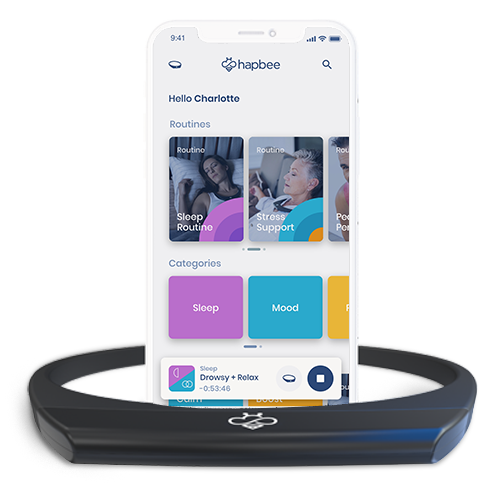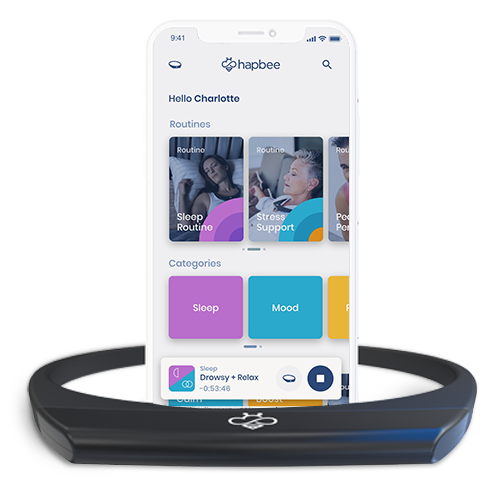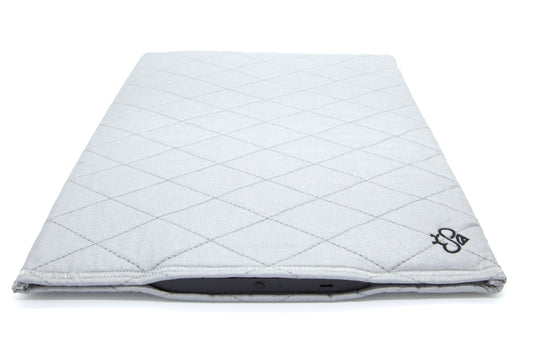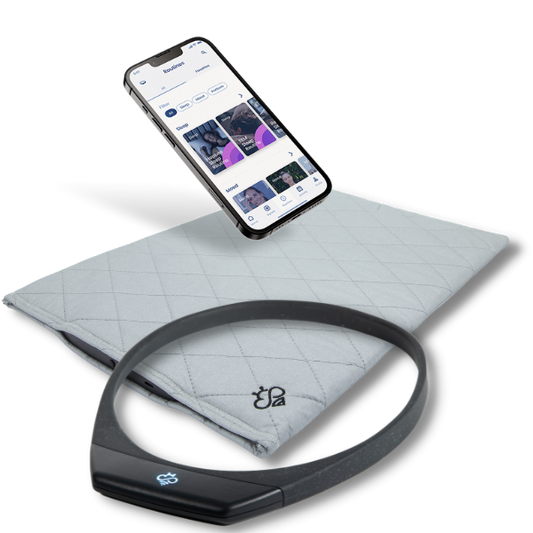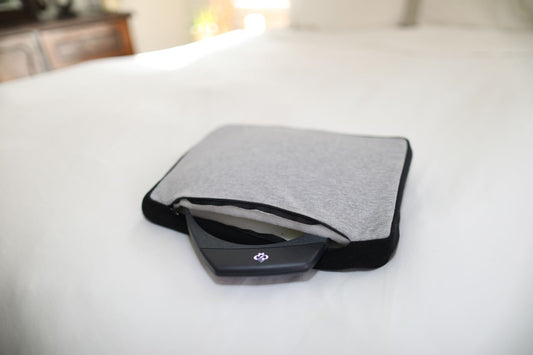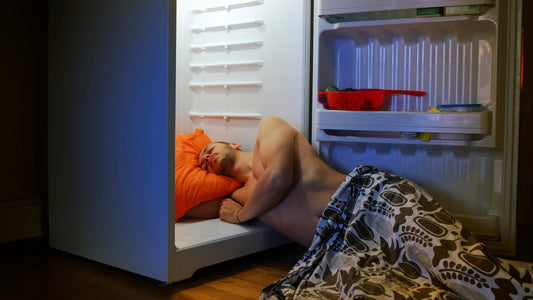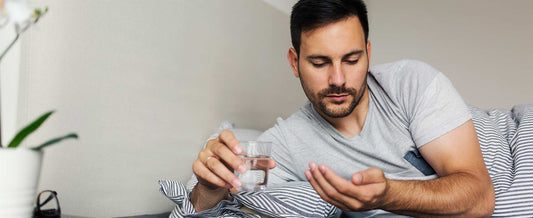The best way to sleep for optimal sleep quality
Do you often wake up feeling like you barely slept at all? If you typically get less than 8 hours of sleep a night, it makes sense to feel that way. But if you average 8 or 9 hours a night, you should feel rested and ready to face the day almost every morning.
Getting the right amount of sleep is the first step. The second step is making sure you’re sleeping in the right position. Most people tend to go with the sleep position that feels most natural and comfortable to them, not the one that’s best for their health.
Changing your sleep position (if you’re not already sleeping in the ideal position) can have a great impact on your overall sleep quality and physical health. While it may be uncomfortable at first, the long-term benefits far outweigh the short-term costs.
Different sleeping positions
There are tons of different sleeping positions that people gravitate towards. Some people might ask a person who sleeps on their stomach with their hands under their pillow how they could possibly fall asleep in such an odd position. Others might be surprised to see a person sleeping on their back with their arms straight down at their sides.
Sleeping positions fall into three main categories: side, back, and stomach. Each of these include different variations of the positions. For example, people who sleep on their side with their legs up in fetal position and people who sleep on their side with their arms out in yearner position are all side sleepers.
It’s important to note that there are pros and cons to each sleeping position. That being said, some have more pros, while others have more cons. The best way to sleep is on your side because of all of the benefits it offers without many disadvantages.
The benefits of sleeping on your side
Sleeping on your side can help you get more sleep than other sleep positions. The main reason is that it allows you to breathe more easily. When you sleep on your back, you are more likely to snore and have issues with sleep apnea. Sleeping on your stomach requires extra effort to breathe from the respiratory cage.
It’s no secret that trouble breathing leads to sleep loss. An extreme example is people with sleep apnea who wake up constantly throughout the night, never getting the deep sleep they need. Side sleeping makes you more likely to breathe easily and sleep soundly, as long as you don’t restrict your diaphragm by curling up into a ball.
According to this study, sleeping on your side may lower your blood pressure as well. While the reason for this connection is not yet understood, it is fairly well-established in the medical community.
Another advantage of sleeping on your side is that it helps relieve lower back and neck pain. If you put a pillow or blanket between your knees while side sleeping, it helps even more. It’s also possible that sleeping on your side can help your brain clear waste faster than other positions.
Side sleepers also tend to have fewer gastrointestinal problems, particularly those who sleep on their left side. Research shows sleeping on your left side rather than your right side reduces heartburn and other digestive issues.
This isn’t to say that sleeping on your side is perfect, however. Sleeping on your side might not be the best choice for people who have arthritis. It’s also more likely to cause wrinkles than sleeping on your back because your face presses into your pillow.
Still, side sleeping is the best choice for most people. It’s also the most popular sleep position. If you’re like me and you don’t naturally sleep on your side, there are steps you can take to change your sleep position.
How to change your sleep position
Changing your sleep position is probably not going to be easy. After all, you’ve likely been developing this habit since you were a baby. It’s not an impossible task, though. With the right tools, you’ll be able to start sleeping on your side and reap the benefits that come with it.
The sooner you can start sleeping on your side, the better. Even if you’re young without any sleep problems, you’ll be better equipped for issues that come later in life such as weight gain, sleep apnea, and digestion problems. Bonus: you won’t have to change your sleep position if you get pregnant.
Here are some tricks you can try to help you change your sleep position.
- Go to bed with a tennis ball
How could a tennis ball possibly help you start sleeping on your side? Well, if you sew the tennis ball into the front or back of your pajamas, it will stop you from rolling around at night. Once you train your body to sleep on your side, you won’t have to use the tennis ball any longer.
- Get a new mattress
For many people, it’s difficult to sleep on their side because their mattress is not soft or comfortable enough. This pushes them to sleep on their stomach or back to avoid the pressure that a firm mattress puts on their shoulders and joints. Consider buying a new mattress or mattress topper that will make it more comfortable to sleep on your side.
- Use pillows as bumpers
How many pillows do you sleep with? It might be time to add a few more. You can arrange the extra pillows as bumpers to make it more difficult for you to move back into your natural sleep position during the night. Again, you’ll be able to get rid of the bumpers once your body gets used to sleeping on your side.
- Try a sleep wearable
For many people, the most difficult part about changing sleep positions is the inability to fall asleep. You might want to try a sleep aid to help you fall asleep quickly in spite of the new sleep position. The safest way to fall asleep faster is by using Hapbee, a wearable device that simulates different compounds such as melatonin without any of the side effects.
Hapbee has two sleep-related signals: Bedtime and Deep Sleep. Use Bedtime about 30 minutes before you plan to go to sleep to make you start to nod off. When you get in bed and are ready to fall asleep, switch to Deep Sleep to improve your sleep quality while you sleep. Most Hapbee users sleep with their device under their pillow and notice a huge improvement in deep sleep. What are you waiting for? Get started with Hapbee today.
The post This Sleep Position Will Help You Get More Sleep appeared first on Hapbee - Choose How You Feel.
